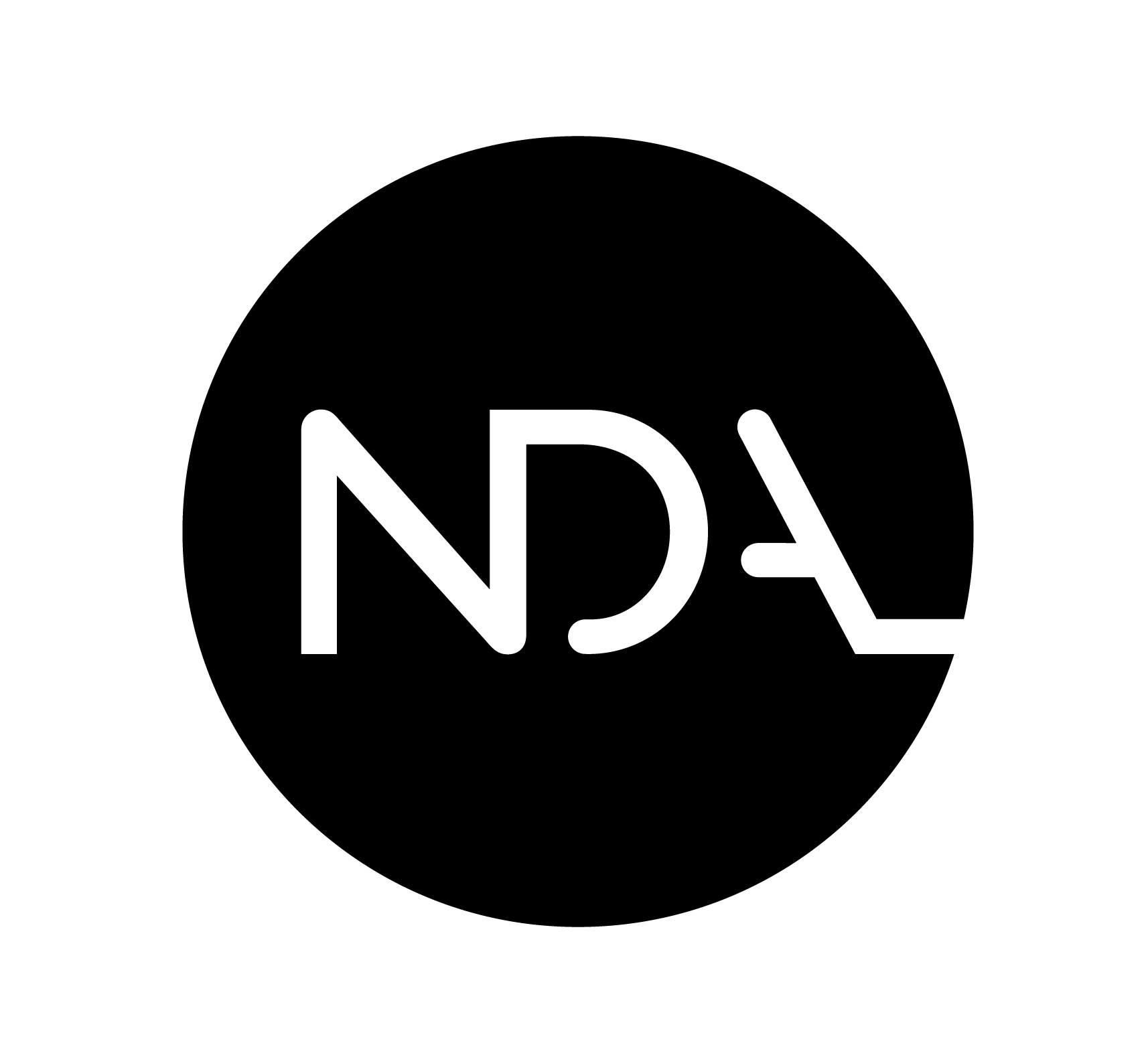DPC Competency Audit Toolkit
The DPC Competency Audit Toolkit (DPC CAT) has been developed as a companion resource to the DPC Competency Framework. DPC CAT provides users with practical, structured processes for assessing the skill levels of those undertaking digital preservation work at their organization, to assess current skills relating to the competency areas and skill elements presented in the Competency Framework.
DOWNLOAD THE FULL COMPETENCY AUDIT TOOLKIT (ZIP)
What's in the DPC CAT?
The full DPC Competency Audit Toolkit is composed of a guide and two workbooks—one for individual assessment activities and one for an organizational audit—which can be used to conduct different competency assessment activities
Download Individual Resources:
- The DPC CAT Guide (PDF)
- The Individual Audit Workbook (XSLX)
- The Organizational Audit Workbook (XSLX)
What can I use the DPC CAT for?
The full Toolkit provides guidance and processes to conduct three related competency assessment activities:
-
An audit of an individual’s current skill levels against those defined by the Competency Framework. This can help with identifying key gaps and facilitate professional development planning.
-
A comparison of an individual’s role description with the tasks and responsibilities they actually undertake. This can help identify where updates might be required to role descriptions, where workloads may need to be reassessed, and where additional staff or compensation may be required.
-
An audit of the skills of a group of staff members against the skill levels required to maintain and improve the organization’s digital preservation capabilities. This can identify where skills gaps exist within the organization, highlighting requirements for professional development and/or additional staff members.
The DPC CAT Guide provides step-by-step guidance on how to use accompanying Excel workbooks to undertake the activities listed above. It also includes advice on issues to consider when preparing for these activities, and suggestions for how the information gathered might be used once the assessments are complete.
Relationship to DPC RAM
DPC CAT has been designed explicitly for use with the DPC Rapid Assessment Model (RAM), requiring scores from a DPC RAM assessment to be able to complete an audit at an organizational level. As part of the toolkit, the key skill elements for each of the eleven sections of RAM have been identified as well as the skills levels required to support maturity levels for each section. DPC CAT, therefore, allows organizations to carry out a skills audit where they can input their current RAM maturity levels, and the target levels they aspire to in their next phase of development, and measure these against current skill levels across their staffing complement. For more information, please see the DPC CAT Guide.
Complementary Resources
There is a set of Example Role Descriptions that can be used with DPC CAT to help identify the skills required for different role types and different levels of seniority.
Additional guidance and use cases will be developed by the DPC.
Feedback and Review
The DPC is committed to the ongoing support and development of the Competency Framework and its complementary resources. Regular review and updates of the resources will be carried out. We welcome feedback on all DPC resources and encorporate from the digital preservation community. All feedback recieved will incorporated into the review and update process. To provide feedback on the Competency Framework and resources please use the DPC Competency Framework Feedback Form.
Acknowledgements
Development of the DPC Competency Audit Toolkit has been supported by the Nuclear Decommissiong Authority.

Reuse of DPC Competency Audit Toolkit Content
The Competency Audit Toolkit is made available for use and reuse under a Creative Commons Attribution-NonCommercial-ShareAlike 4.0 International (CC BY-NC-SA 4.0) license. In summary, this means the toolkit can be freely shared and adapted as long as proper attribution is made, that it is for non-commercial purposes, and any resources that remix, transform, or build-upon the content carry the same license allowing reuse.
Attributions for the Competency Audit Toolkit should be as follows:
DPC Competency Audit Toolkit, 1st Edition, https://doi.org/10.7207/dpccat22-01, Digital Preservation Coalition, © 2022
Example Digital Preservation Role Descriptions
One of the main purposes of the DPC's Digital Preservation Competency Framework is to provide a foundation from which organizations and individuals can develop clear, consistent, robust role descriptions for those involved in digital preservation. To aid with this process the DPC has created a collection of example role descriptions that can be used as a starting point.
The role descriptions are not meant to be definitive or proscriptive as it is important to recognize the importance of organizational contexts, and related staffing hierarchies and conventions, in the process of developing role descriptions that are fit for purpose. The role decriptions are available for reuse and adaptation under a Creative Commons Attribution-NonCommercial-ShareAlike 4.0 International (CC BY-NC-SA 4.0) license.
Role Descriptions:
- Information Studies Graduate (DOCX)
- Digital Preservation Trainee (DOCX)
- Digital Preservation Officer (DOCX)
- Digital Archivist/Librarian (DOCX)
- Web Archivist (DOCX)
- Developer (DOCX)
- Digital Preservation Program Manager (DOCX)
- Senior Executive/Administrator (DOCX)
The DPC Competency Framework
The DPC Digital Preservation Competency Framework identifies and describes information on the skills, knowledge, and competencies required for successful digital preservation.
It builds on previous work on identifying competencies for digital preservation and guidance from key models of good practice to provide a framework that is:
-
Applicable for organizations of any size and in any sector.
-
Able to support a range of workforce development activities.
-
Preservation strategy and solution agnostic.
-
Based on existing good practice.
-
Simple to understand and quick to apply.
DOWNLOAD THE FULL DPC COMPETENCY FRAMEWORK (PDF)
What's in the DPC Competency Framework?
The Competency Framework presents information on the skills, knowledge, and competencies required for digital preservation in a hierarchical structure—from generic to granular—to offer as much flexibility as possible for users.
Its main structure includes:
-
Five high-level competency areas that offer an overview of and quick reference to the broad range of competencies required to undertake or support digital preservation work.
-
Twenty-eight skill elements organized in groups under the competency areas, which break down the competencies into more clearly defined units.
The Framework also defines five skill levels against which an individual might rate their competency with regards to a particular skill element. These skill levels have been loosely aligned with the five levels of maturity defined in the DPC Rapid Assessment Model (DPC RAM).
The following video, captured at the public launch of the Competency Framework, provides an overview of the development of the framework, its contents and accompanying resources, as well as including a Q&A with questions from attendees. Slides from the event can also be downloaded .
What can I use the DPC Competency Framework for?
The Competency Framework was designed with flexibility in mind so that it can be used for a broad range of purposes relating to workforce development, such as:
-
facilitating recruitment
-
structuring professional development
-
reviewing curricula
-
assessing skills
Examples of potential uses are presented alongside related benefits in the full DPC Competency Framework document.
The Framework was also designed to be used with its companion resource, the DPC Competency Audit Toolkit (DPC CAT), to provide a structured process for conducting three skill auditing activities.
-
An audit of an individual’s current skill levels against those defined by the Competency Framework. This can help with identifying key gaps and facilitate professional development planning.
-
A comparison of an individual’s role description with the tasks and responsibilities they actually undertake. This can help identify where updates might be required to role descriptions, where workloads may need to be reassessed, and where additional staff or compensation may be required.
-
An audit of the skills of a group of staff members against the skill levels required to maintain and improve the organization’s digital preservation capabilities. This can identify where skills gaps exist within the organization, highlighting requirements for professional development and/or additional staff members.
To learn more about DPC CAT, please visit https://www.dpconline.org/digipres/train-your-staff/dp-competency/dpc-cat.
Complementary Resources
In addition to DPC CAT, there is a set of Example Role Descriptions that can be used with the Competency Framework to help identify the skills required for different role types and different levels of seniority.
Additional guidance and use cases for the framework will be developed by the DPC.
Feedback and Review
The DPC is committed to the ongoing support and development of the Competency Framework and its complementary resources. Regular review and updates of the resources will be carried out. We welcome feedback on all DPC resources and encorporate from the digital preservation community. All feedback recieved will incorporated into the review and update process. To provide feedback on the Competency Framework and resources please use the DPC Competency Framework Feedback Form.
Acknowledgements
This framework builds on previous efforts to identify competencies and curricula for digital preservation, including the DigCurV lenses and the DigCCur Curriculum Matrix, as well as a number of good practice models for digital preservation, including the DPC Rapid Assessment Model, the NDSA Levels of Preservation, the DLF Levels of Born-Digital Access, and the Core Trust Seal. This framework would not exist without the hard work and wisdom of those who have produced the above-mentioned resources.
Thanks also go to colleagues within the DPC team and members of the DPC’s Workforce Development Sub-Committee for their support, feedback, insights, and encouragement during the development of the framework and related resources.
Copyright and Reuse
The Competency Framework is made available for use and reuse under a Creative Commons Attribution-NonCommercial-ShareAlike 4.0 International (CC BY-NC-SA 4.0) license. In summary, this means the framework can be freely shared and adapted as long as clear attribution is made, that it is for non-commercial purposes, and any resources that remix, transform, or build-upon the content carry the same license.
Attributions for the Competency Framework should be as follows:
DPC Competency Framework, 1st Edition, https://doi.org/10.7207/dpccf22-01, Digital Preservation Coalition, © 2022































































































































